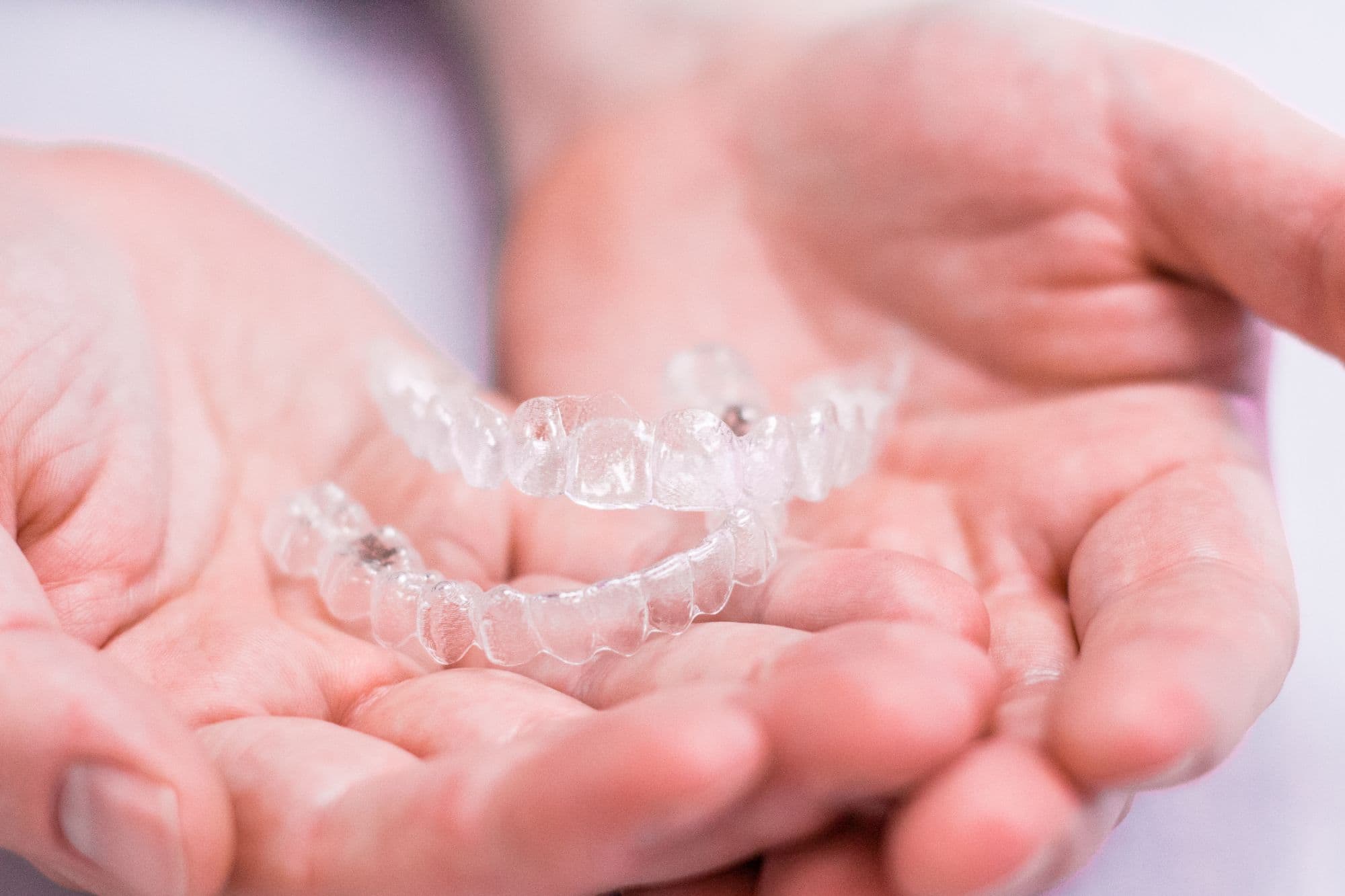Patients have quite a few options for straightening their smile and removing gaps between their teeth. For many years, metal braces and retainers were the only treatments for malocclusion, but recent advances in oral health technology have made Invisalign aligners incredibly popular. These two different approaches to treating malocclusion do come with their own pros and cons, and here is a closer look at which may be right for you.
Traditional Braces
Traditional metal braces have been used on countless patients to help straighten their smile in order to improve the form and function of their teeth. While some individuals do believe that a crooked smile is merely a cosmetic issue, it can actually result in serious medical problems if left untreated.
These braces are made up of two parts including metal wires and the posts. The posts are affixed to the teeth and the wire is run between each post in order to put pressure on the teeth. Over time, the braces must be adjusted as the teeth are gently pulled back into the correct position. Depending on the severity of the malocclusion, braces can take anywhere from 1 to 3 years in order to complete the transformation
Invisalign Aligners
Invisalign aligners work in a very similar way due to the fact that they apply pressure to the teeth. Other than that, however, these two types of devices are quite different. This process begins with the orthodontist taking a mold of the teeth in order to create the custom trays. These trays are nearly invisible when in the mouth and can be taken out at any time. For the average patient, trays must be changed out every two to three weeks as their teeth are pulled into the correct position. The treatment period can be as little as 6 months or as long as 3 years. Most patients can expect the trays to take around 12 months to work.
Deciding What Is Right for You
There are two primary disadvantages that those with braces will begin to notice. The first disadvantage is that the braces cannot be taken out at any time. This can make daily hygiene habits like flossing more difficult. The braces are also much more noticeable for patients do not have the option of putting the posts on the back of their teeth.
As for Invisalign aligners, it is generally the higher cost of treatment that is seen as the biggest disadvantage. In addition to a potentially large cost, those with severe malocclusion and younger patients may not be eligible for these aligners.
At Ragan Orthodontics, we’ll work with you to determine the safest and most effective treatment for your needs. We offer different types of orthodontic treatment, and we’ll help you get your best smile. Contact Ragan Orthodontics today to schedule your consultation.
